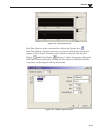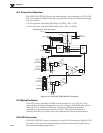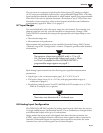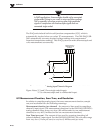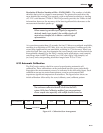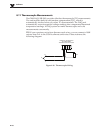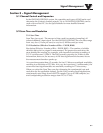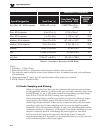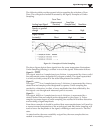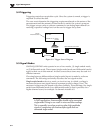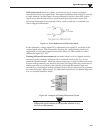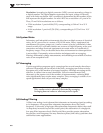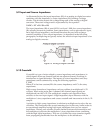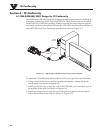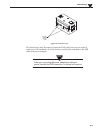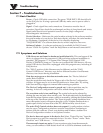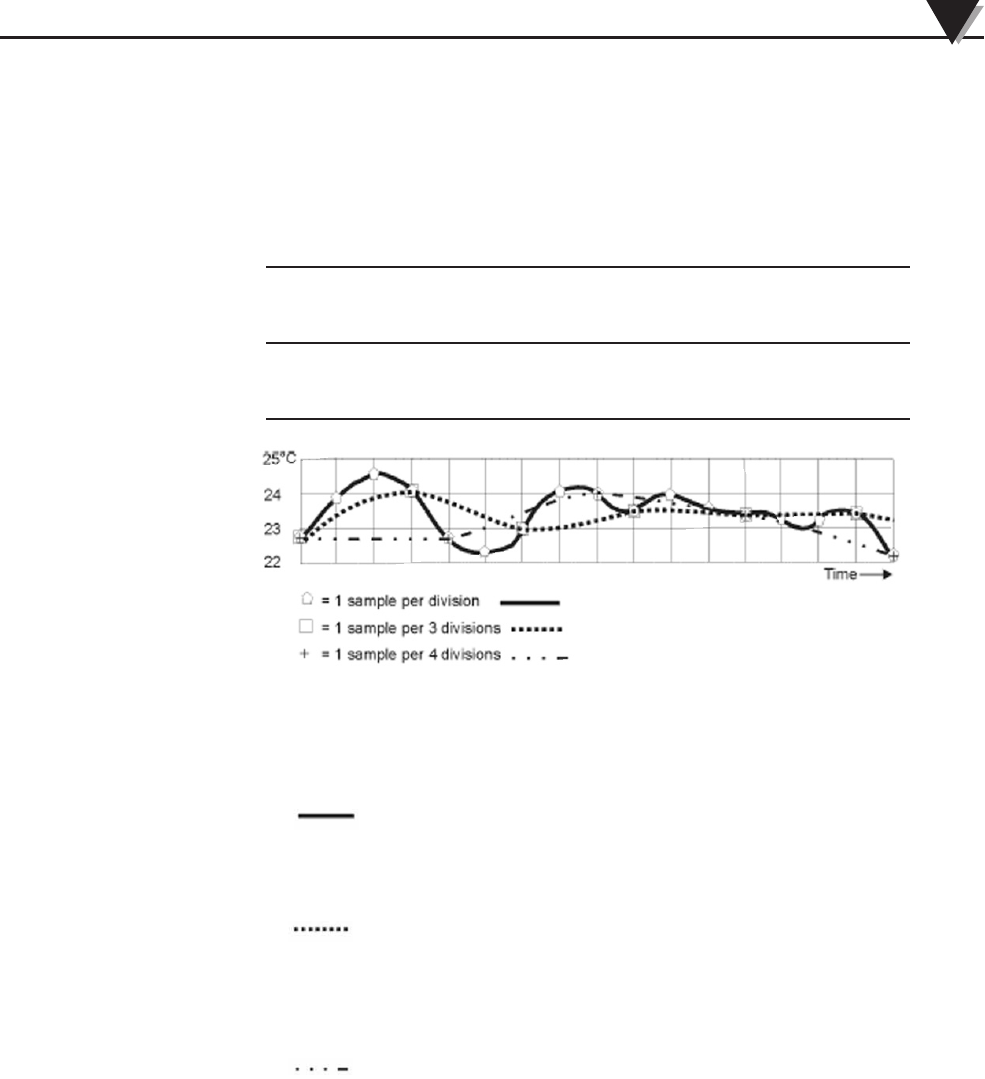
The following table provides general advice regarding the selection of Scan
Time. The concepts are further illustrated by the figure, Examples of Under
Sampling.
Scan Time
(Measurement Scan Rate
Analog Input Signal Duration) (Sample Rate) Resolution
Steady, or gradual
change Long Low High
Highly variable
(unsteady) Short High Low
Figure 5-1. Examples of Under Sampling
The above figure depicts three signals from the same temperature fluctuations.
Under Sampling (aliasing) is evident in two of the signals. Elaboration follows:
Signal 1:
This signal, based on 1 sample(scan) per division, is represented by a heavy solid
line and sample-points designated by polygon symbols. The signal represented
is a fairly accurate portrayal of the actual temperature fluctuations.
Signal 2:
This signal, based on 1 sample(scan) every 3 divisions, is represented by a heavy
dotted line and sample-points designated by squares. Under sampling has
resulted in a distortion, in effect, a lower amplitude than that exhibited by the
first signal, even though each measured point is accurate.
Signal 3:
This signal, based on 1 sample(scan) every 4 divisions, is represented by a
dotted/dashed line and sample-points designated by plus signs (+). Fewer
samples (a greater degree of under sampling) has resulted in a further distortion
and lowering of signal amplitude.
From these examples it should be realized that more samples(scans) will result in
a more accurate representation of the actual signal, and that under sampling will
tend to lower the amplitude of the signal, exhibiting a trend toward a “flat line”
state.
As stated earlier, the more variability a signal has, the more samples that are
needed to accurately portray it.
Signal Management
5
5-3



